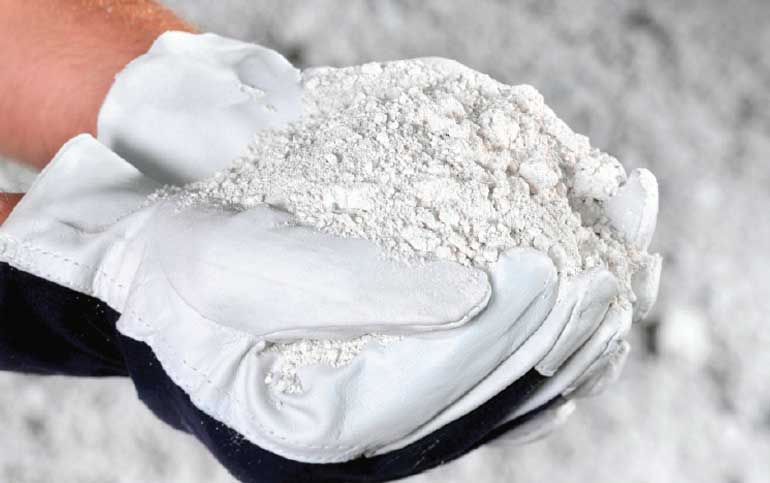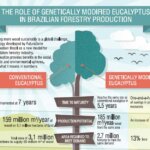
Pyrolysis can crack the organic material in a few seconds by heating it in the absence of oxygen
Paper mill sludge (PMS) is a residual biomass that is generated at paper mills in large quantities. Currently, PMS is commonly disposed in landfills, which causes environmental issues through chemical leaching and greenhouse gas production. Now the paper industry may look forward to not getting worried about their paper sludge. The paper industry can convert paper sludge – the largest waste stream from paper factories – into bio-oils and raw materials suitable for re-use and the University of Twente is helping them do so. At the end of the summer, in collaboration with the University of Twente, the company Alucha will build a self-regulating, mobile pilot plant for the pyrolysis of paper sludge.
With pyrolysis, organic material is ‘cracked’ in a few seconds by heating it in the absence of oxygen. The UT is specialised in the pyrolysis of biomass such as wood, straw, grass and algae. Fuels and products are fabricated from these. The process has now been successfully applied on paper sludge. A new advanced reactor has been built and is now undergoing extensive testing in the Thermal Engineering lab.
Out-of-the-box experiments
“Paper sludge is half organic paper fibres and half minerals” says Gerrit Brem, professor in Energy Technology at the University of Twente. When Alucha approached us with this question about paper sludge, we started experimenting out-of-the-box with our existing pyrolysis technology. We designed a new pyrolysis system that’s particularly suitable for paper sludge and similar waste streams. We have now applied for a patent for this new reactor. The reactor can process both small and large particles and requires no external energy. After drying and pyrolysis, the fibres in the paper sludge are transformed into oil and flammable gas and the minerals can be used as a raw material for the paper industry. Moreover, you keep the paper industry from having to dump this waste stream for 70 euro per ton, as is now the case. So we can transform this entire waste stream into something useful and that’s a huge step forward.”
Local application
The big advantage of the mobile unit developed by the UT and Alucha is its direct contribution to the chain of production. No transport to large installations need to be done. Furthermore, the industry can use both the minerals and the pyrolysis oil in their own production processes.
After commissioning the pyrolysis installation at the Kleefse Waard industrial estate in Arnhem, that must be operational in mid-2016, Alucha ultimately wants to build more pyrolysis installations based on the knowledge from Twente. The Swedish paper company SCA will be the launching customer for the mobile centres, and many more installations are expected to follow at paper factories. “In 2010, we started testing at laboratory scale using a single kilogram of paper pulp”, said Gijs Jansen of Alucha. “The reactor that has since been developed to separate paper sludge into bio-oils and minerals is a wonderful next step”.
Investment
As part of the Bioeconomy Innovation Cluster of Eastern Netherlands (Dutch: BIC-ON), Alucha has received 250,000 euro from the Province of Gelderland for the development of the mobile pyrolysis installation. In the current development phase, an Alucha engineer will work full-time at the UT for 6 months on the development of the pilot plant (proof of concept). A total of 3 million euro will be invested in the project in order to build a first industrial-scale unit. Kennispark Twente will continue to supply the required support for this for both the patent filing for the new pyrolysis concept and for the knowledge transfer.
Pyrolysis: additional applications
Prof. Gerrit Brem expects more applications for the pyrolysis process to be found in the future. “This process of transforming biomass into fuel and minerals is incredibly promising. Lots more is sure to happen. Consider the processing of sewage sludge, for example… or of roadside grass, reeds, lignin, miscanthus or manure. I also expect potential applications in the valorisation of waste streams using this so-called flash pyrolysis. Or consider refuse-derived fuel (RDF), used tyres and packaging material. Other new routes are possible by using catalytic converters in the pyrolysis process, we were recently able to get high-quality oil and even chemicals from wood.
(Source: Phys.org™)


